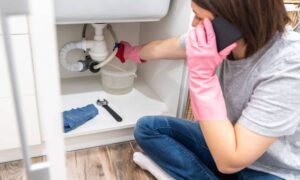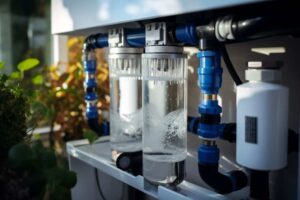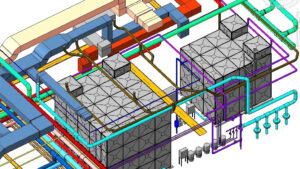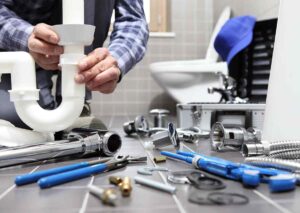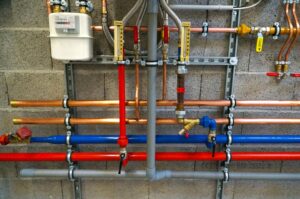Plumbing Emergency Steps: A Step-by-Step Guide
Facing a plumbing emergency can be one of the most stressful situations for any homeowner. Whether it’s a burst pipe, an overflowing toilet, or a sudden water leak, knowing how to respond quickly and effectively can make all the difference in minimising damage and costly repairs. This guide provides a comprehensive step-by-step approach to handling a plumbing emergency, ensuring you’re prepared when the unexpected occurs.
Understanding a Plumbing Emergency
A plumbing emergency can range from minor leaks to major water damage situations. It’s crucial to recognise the signs early and take immediate action to prevent further complications. Common emergencies include:
- Burst Pipes: Often caused by freezing temperatures, corrosion, or high water pressure.
- Overflowing Toilets: Typically due to blockages or issues with the flushing mechanism.
- Water Leaks: From faucets, fixtures, or hidden pipes within walls or floors.
- Sewage Backup: A serious health hazard requiring immediate attention.
Step-by-Step Guide to Handling a Plumbing Emergency
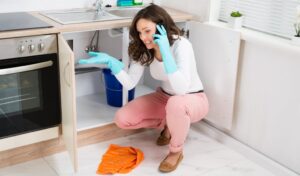
- Assess the Situation Quickly
Upon discovering a plumbing issue, it’s essential to assess the severity of the problem immediately. Determine the source of the leak or blockage and identify any visible damage to pipes, fixtures, or surrounding areas.
- Turn Off the Water Supply
Locate the main shut-off valve for your home’s water supply and turn it off promptly. This step is crucial in preventing further water damage and flooding. Ensure all household members know the location of the shut-off valve beforehand.
- Contain the Problem
Use towels, buckets, or containers to contain any standing water or leaks. This helps minimise damage to flooring, furniture, and other belongings. If possible, divert water flow away from sensitive areas using barriers or absorbent materials.
- Call an Emergency Plumber
Contact a licensed emergency plumber as soon as possible. Provide them with details of the plumbing emergency, including the type of issue, location, and any steps you’ve already taken. Follow any initial advice given over the phone while awaiting their arrival.
For professional assistance, consider contacting Ozzy Plumbing. They offer emergency plumbing services across Australia and can provide immediate help in resolving your plumbing issues.
- Document the Damage
Take photographs or videos of the damage caused by the plumbing emergency. This documentation may be required for insurance claims or when discussing repairs with contractors. Note the extent of water damage to walls, floors, and personal property.
- Clear the Affected Area
Remove furniture, electronics, and other valuables from the affected area to prevent further damage. If necessary, use tarps or plastic sheets to protect items from water exposure. Proper ventilation can also aid in drying out damp spaces.
- Stay Safe
Exercise caution around standing water and electrical outlets to avoid the risk of electrical shock. Avoid using electrical appliances or attempting DIY repairs unless you are confident in your abilities and safety measures.
- Follow Up and Preventive Measures
Once the emergency plumber has addressed the immediate issue, discuss preventive measures to avoid future emergencies. This may include regular maintenance inspections, upgrading plumbing fixtures, or improving insulation to prevent frozen pipes in winter.
For more information on plumbing services or to schedule a consultation, visit the Ozzy Plumbing website or contact their team directly. Their experienced professionals can provide tailored advice and solutions for your plumbing needs.

